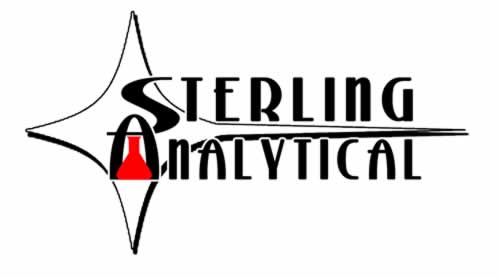Moisture Analysis…To Karl Fischer, or not to Karl Fischer
The determination of water content (moisture) is one of the most frequently done tests in Laboratories today. It is performed on solids, liquids, fuels, biomass, foods, plants, soils, or just about any substance you can think of. The importance of knowing water content can range from helpful information to critical. Two methods most widely used today are
- Drying methods, where a sample is weighed, heated for a specific time, and then re-weighed to determine the loss.
- Titration methods, which specifically measures the water present in the sample.
1. Drying methods can be simple and economical, since all that is needed is a balance, calibrated oven, and timer. They may be suitable for solids that have water as their only volatile component, which can also be easily released by heating. Unfortunately, there are several disadvantages to these methods:
- What is measured is not just water, but whatever is volatile enough to be driven off by time and temperature.
- Heating samples to dryness can lead to decomposition/oxidation of the sample itself, changing the apparent moisture content.
- Loss by drying can take hours to complete, giving it a fairly slow turnaround time.
- Not suitable for most liquids.
2. Titration methods (Karl Fischer analyses) are very specific, actually measuring the water content of the sample directly. The advantages are numerous:
- What is measured is only water, both bound and free.
- The concentration range can go from ppm level all the way to 100%.
- The results are very accurate and reproducible.
- The typical titration takes only minutes, giving a very quick turnaround if needed.
- Titration is the go-to (i.e., only) method for most liquids.
The simplified chemistry of Karl Fischer is that free Iodine is introduced into the cell with the sample, and combines with water stoichiometrically to a certain endpoint.
Volumetric titration uses a very accurate burette to dispense the Iodine reagent.
Coulometric titration generates free Iodine out of the electrolyte in the cell itself.
Most matrix issues (i.e. side reactions, solubility) with solid or liquid samples can be solved with the proper sample preparation and/or treatment. It is very important to know the sample matrix whenever possible, to produce good results.
Proper sampling technique plays a critical role in the relevance of the results:
- Sample containers must be completely dry-any moisture present contaminates the sample.
- The material must be homogeneous enough to get a representative sample.
- The actual sample transfer to the container must be done quickly to keep the moisture content representative.
- Atmospheric moisture can be a large source of contamination, especially for ppm level samples. After all, moisture is everywhere in the air!
When in doubt about sampling, containers, or suitability of the method, always play it safe and contact the chemists at the lab. Sterling Analytical can handle a variety of Karl Fischer applications.
Karl Fischer analysis is the most versatile technique for moisture content for the widest variety of applications, as long as it’s done properly.
